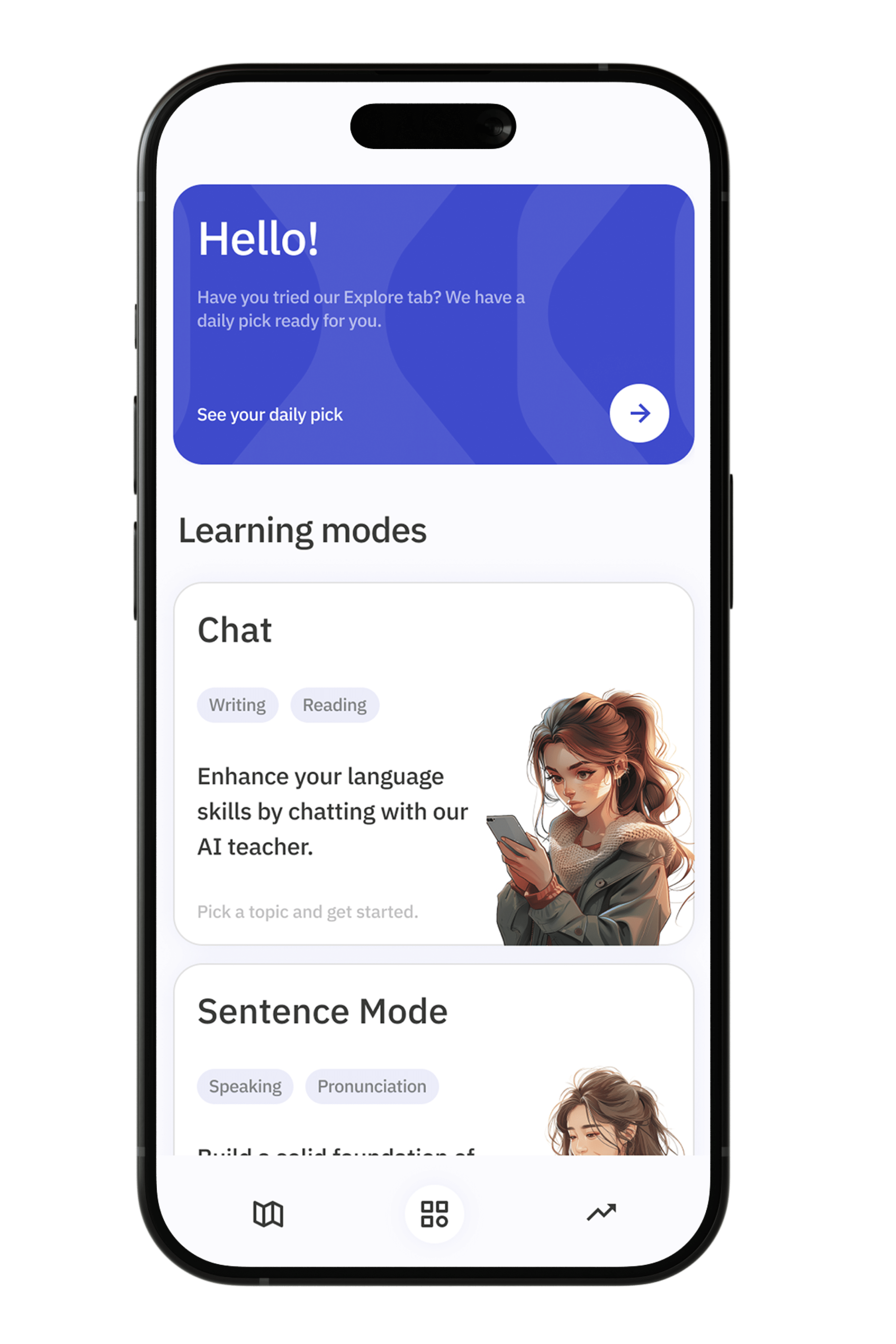Pick a language and start learning!
Personal pronouns in dative case Exercises in Icelandic language

Mastering personal pronouns in the dative case is an essential step for anyone learning Icelandic. The dative case, one of the four grammatical cases in Icelandic, is used to indicate the indirect object of a verb. Understanding how to correctly use personal pronouns in this case is crucial for constructing clear and accurate sentences. For example, in the sentence "Ég gaf henni bókina" ("I gave her the book"), "henni" is the dative form of the pronoun "hún" (she). This exercise will help you become more comfortable with these forms, ensuring your Icelandic communication is both fluent and precise.
As you dive into these exercises, you'll encounter a variety of sentences designed to test and reinforce your understanding of dative pronouns. You'll practice with singular and plural forms, and with different pronouns to cover every possible usage scenario. Whether you are a beginner or looking to refine your skills, these exercises will provide the practice needed to master dative pronouns. By consistently practicing, you'll soon find that using the dative case in everyday Icelandic conversations becomes second nature.
Exercise 1
<p>1. Ég gaf *honum* bók í afmælisgjöf (dative form of he).</p>
<p>2. Við sendum *henni* póstkort frá útlöndum (dative form of she).</p>
<p>3. Hver gaf *þér* þessa hugmynd? (dative form of you, singular).</p>
<p>4. Hann bauð *okkur* í mat (dative form of we).</p>
<p>5. Þeir hjálpuðu *mér* við heimavinnuna (dative form of I).</p>
<p>6. Hún útskýrði verkefnið fyrir *þeim* (dative form of they, masculine or mixed group).</p>
<p>7. Ég sagði *ykkur* frá ferðalaginu (dative form of you, plural).</p>
<p>8. Við fengum bréf frá *þeim* í gær (dative form of they, masculine or mixed group).</p>
<p>9. Hver gaf *þér* þessa bók? (dative form of you, singular).</p>
<p>10. Hún bauð *okkur* í veislu (dative form of we).</p>
Exercise 2
<p>1. Ég gaf *henni* blóm (I gave *her* flowers).</p>
<p>2. Við sendum *honum* pakka (We sent *him* a package).</p>
<p>3. Þau sögðu *þeim* fréttirnar (They told *them* the news).</p>
<p>4. Kennarinn útskýrði verkefnið fyrir *þér* (The teacher explained the assignment to *you*).</p>
<p>5. Hún keypti bók handa *mér* (She bought a book for *me*).</p>
<p>6. Þeir mæltu með þessari bók fyrir *okkur* (They recommended this book to *us*).</p>
<p>7. Við héldum veislu fyrir *ykkur* (We held a party for *you plural*).</p>
<p>8. Hann gaf *henni* gjöf (He gave *her* a gift).</p>
<p>9. Ég ætla að sýna *þér* myndina (I am going to show *you* the picture).</p>
<p>10. Við hjálpuðum *þeim* með verkefnið (We helped *them* with the assignment).</p>
Exercise 3
<p>1. Hún gaf *mér* bókina (to me).</p>
<p>2. Við sendum *honum* bréfið (to him).</p>
<p>3. Þú sagðir *henni* frá ferðinni (to her).</p>
<p>4. Kennarinn útskýrði *okkur* verkefnið (to us).</p>
<p>5. Læknirinn gaf *þér* lyfin (to you, singular).</p>
<p>6. Þeir sögðu *ykkur* söguna (to you, plural).</p>
<p>7. Hún keypti *þeim* gjöf (to them).</p>
<p>8. Ég sýndi *þér* myndina (to you, singular).</p>
<p>9. Hún gaf *þeim* matinn (to them).</p>
<p>10. Við sögðum *henni* fréttirnar (to her).</p>







